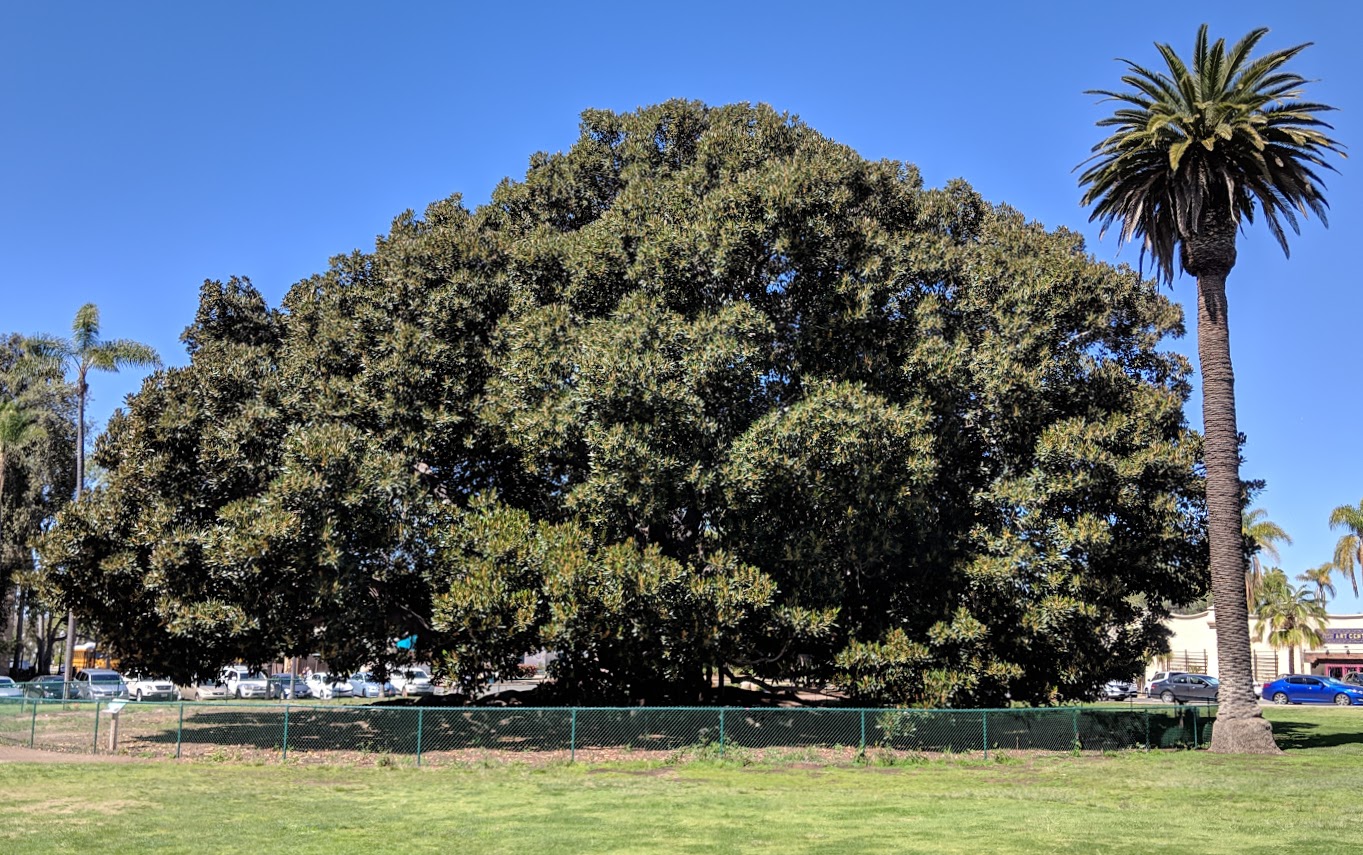
Craveology Cafe and the North Star Science Store are temporarily closed for renovation.

Image: Jason Mizerek, Fleet Science Center
The Moreton Bay Fig Tree, behind the San Diego Natural History Museum in Balboa Park, is one of the largest fig trees in North America. When the tree was last measured in 1996, its crown was 123 feet (37 meters) wide. For comparison, nearly three yellow school buses measuring 45 feet (14 meters) long each could fit underneath end-to-end!
Balboa Park’s Moreton Bay Fig Tree started as a tiny seed over 100 years ago. Since then, it has gained a tremendous amount of mass.
Where does most of that mass come from? Consider these three statements:
How can we plan an investigation to discover which statement is correct?
Many years ago, scientist Jan Baptist van Helmont experimented by watering and weighing a potted tree. After five years of tree growth, van Helmont discovered the potted tree weighed significantly more than when his experiment started. What does van Helmont's experiment say about the three options above? How can additional experiments reveal more about how trees gain mass?
Note: Trees need many resources to grow, however most of a tree's dry mass comes from one source above. Dry mass does not include water. The percentage of water in trees varies, and that calculation is beyond this entry.
Resources
MSU: Where Do Trees Get Their Mass From?
YouTube: Where Do Trees Get Their Mass From?
BBC: Van Helmont's experiments on plant growth
Balboa Park: Moreton Bay Fig Tree